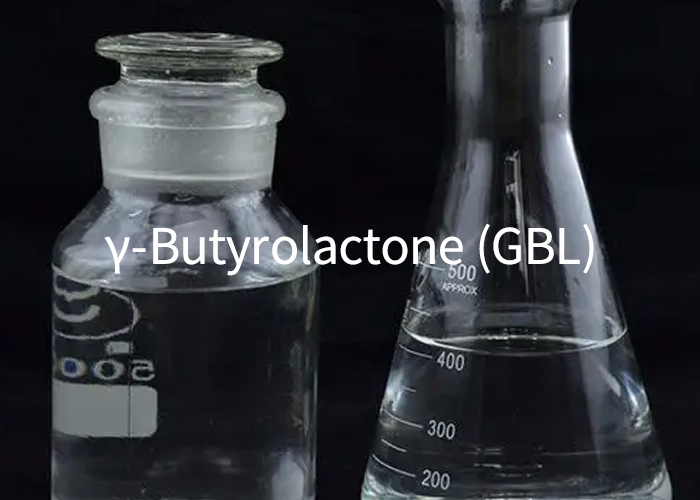In-depth analysis and development prospects of the γ-butyrolactone industry market in 2025
γ-Butyrolactone (GBL), also known as 1,4-butyrolactone and 4-hydroxybutyric acid lactone, is an organic compound with the chemical formula C₄H₆O₂. It is a colorless transparent liquid at room temperature with a slight odor. It is easily soluble in water and a variety of organic solvents. It is an important organic chemical raw material and fine chemical product. At present, the main processes for synthesizing Gamma Butyrolactone (GBL) are: furfural method, maleic anhydride esterification hydrogenation method, maleic anhydride hydrogenation method, 1,4-butanediol dehydrogenation method, allyl alcohol method, Reppe method, butadiene acetoxylation method, etc. The methods that have been successfully applied in industry include: 1,4-butanediol dehydrogenation method, maleic anhydride esterification hydrogenation method and maleic anhydride hydrogenation method. Compared with Europe and the United States, China's γ-butyrolactone industry started late, but since the 21st century, with the advancement of production technology, China's Gamma Butyrolactone (GBL) production scale has continued to expand, and the industry has become mature. At present, China has become a major producer of γ-butyrolactone. According to statistics, China's Gamma Butyrolactone (GBL) production will reach 282,000 tons in 2023. At the same time, with the rapid development of the pharmaceutical and lithium battery industries, the market demand for pharmaceutical-grade γ-butyrolactone and electronic-grade γ-butyrolactone will be released. According to statistics, China's demand for Gamma Butyrolactone will reach 264,000 tons in 2023. From the perspective of product prices, affected by factors such as falling raw material prices, insufficient downstream demand and intensified competition, the sales price of China's γ-butyrolactone products will decline significantly in 2023. According to statistics, the average price of my country's γ-butyrolactone products will drop to 15,800 yuan/ton in 2023. Affected by factors such as falling product prices, slower-than-expected global economic recovery, and intensified competition on the supply side, the overall trend of China's γ-butyrolactone industry in 2023 is weak, the prosperity is not high, and the overall profitability of the industry is at a historically low level. According to statistics, the market size of China'sGamma Butyrolactone GBL industry in 2023 will drop to 4.171 billion yuan, among which pyrrolidine products account for the largest proportion, exceeding 50%, followed by cyclopropylamine products and α-acetyl-Gamma Butyrolactone, accounting for about 20.5% and 20.2%.
The upstream of the Gamma Butyrolactone GBL industry mainly includes raw material suppliers such as 1,4-butanediol (BDO), maleic anhydride, furfural, and production equipment suppliers. The downstream of the industry is the application market, covering many fields such as the pharmaceutical industry, petroleum industry, synthetic resin industry, pesticides, and lithium batteries. In the pharmaceutical industry, γ-butyrolactone is used as an anesthetic and sedative to treat epilepsy, cerebral hemorrhage, and hypertension, as a vitamin raw material intermediate, X-ray contrast agent, and synthetic antibacterial new drugs ciprofloxacin and interferon, etc. In the petroleum industry, it is used for absorption It is used as an extractant for alkynes, aromatic hydrocarbons, water-insoluble alcohols and cyclic ethers, and an additive for lubricating oils. In the synthetic fiber industry, it is used as a spinning flux and coagulation solvent for acrylonitrile fibers, a dyeing auxiliary for cellulose ester wool and nylon, and an antistatic agent for nylon fibers. In the synthetic resin industry, it is used as a solvent for polypropylene, polyvinyl chloride, and polystyrene, a dispersant for polyvinyl fluoride, a dyeing modifier, antioxidant, and plasticizer for various resins. It can also be used as an intermediate for pesticides and herbicides, and an electrolyte for batteries and capacitors.